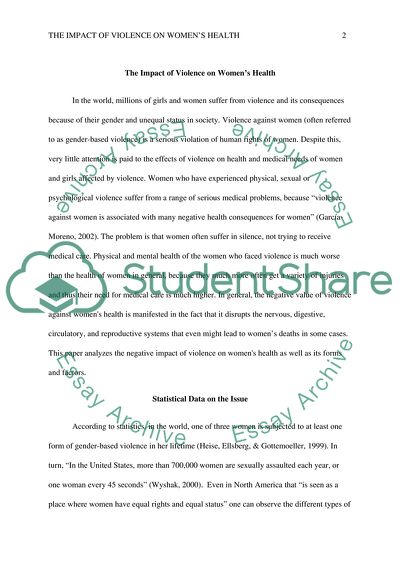Cite this document
(The Impact of Violence on Womens Health Report Example | Topics and Well Written Essays - 2500 words, n.d.)
The Impact of Violence on Womens Health Report Example | Topics and Well Written Essays - 2500 words. https://studentshare.org/gender-sexual-studies/1837879-violence-againest-women
The Impact of Violence on Womens Health Report Example | Topics and Well Written Essays - 2500 words. https://studentshare.org/gender-sexual-studies/1837879-violence-againest-women
(The Impact of Violence on Womens Health Report Example | Topics and Well Written Essays - 2500 Words)
The Impact of Violence on Womens Health Report Example | Topics and Well Written Essays - 2500 Words. https://studentshare.org/gender-sexual-studies/1837879-violence-againest-women.
The Impact of Violence on Womens Health Report Example | Topics and Well Written Essays - 2500 Words. https://studentshare.org/gender-sexual-studies/1837879-violence-againest-women.
“The Impact of Violence on Womens Health Report Example | Topics and Well Written Essays - 2500 Words”. https://studentshare.org/gender-sexual-studies/1837879-violence-againest-women.


